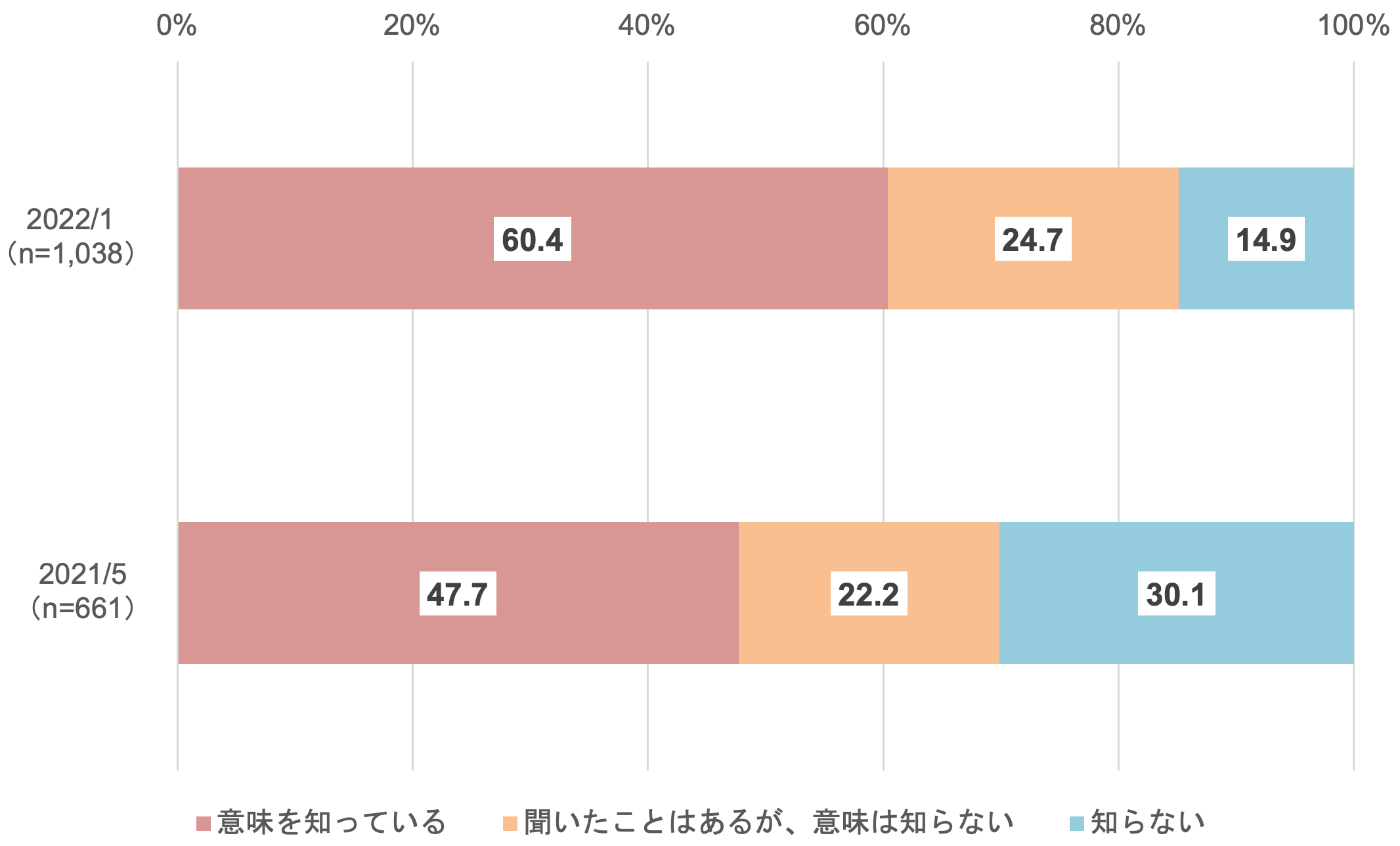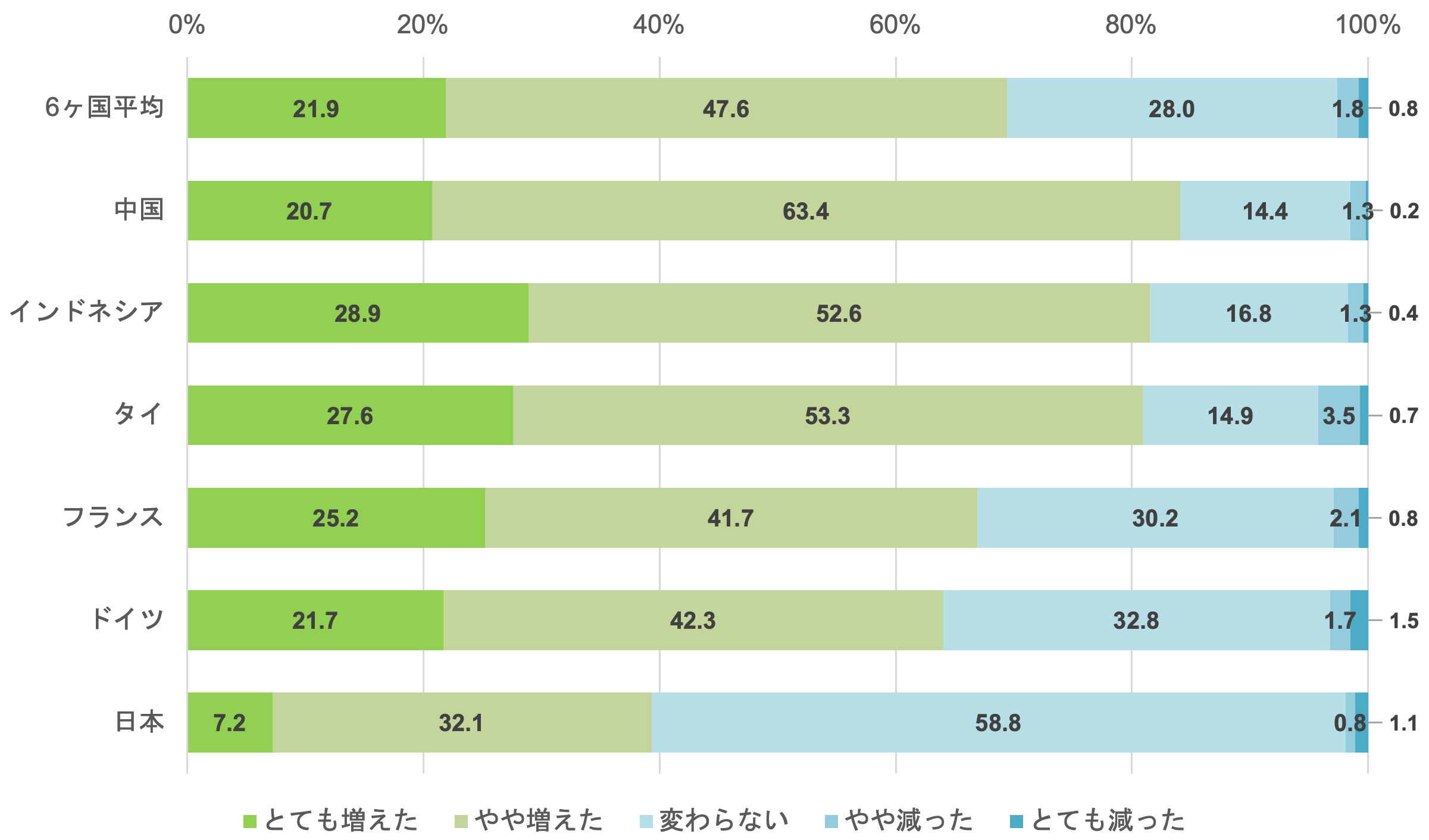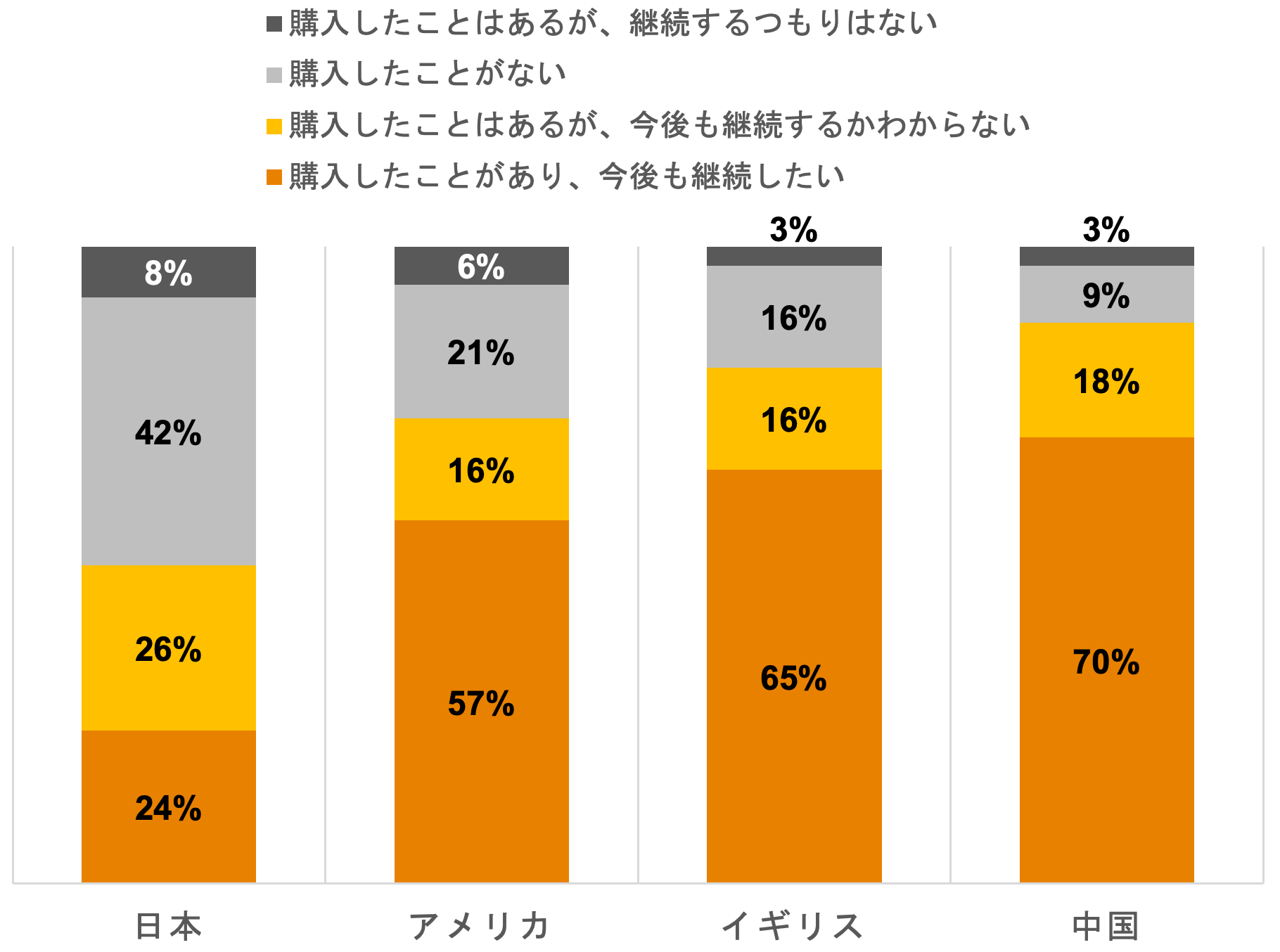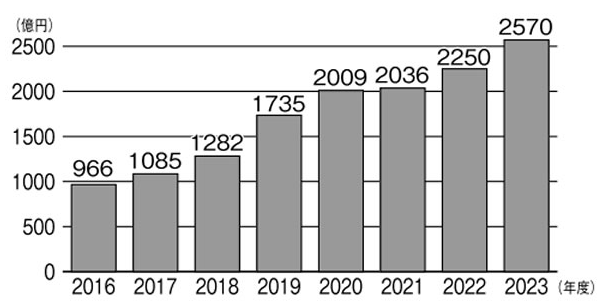Understanding the Three Pillars and Importance of Sustainability from the Ground Up
2025/01/31

Sustainabilityis a concept that aims to create a society in which both present and future generations can live prosperously while maintaining limited resources and social structures.
The term was originally created as an idea centered on environmental protection.It is now seen as a responsibility that companies and individuals must fulfill in a wide range of areas, including society and the economy。
Sustainability is,It consists of the following three pillars
②Society (the persistence of society)
(iii) Economy (economic sustainability)
This means thatA philosophy that seeks a balance between protecting the environment, maintaining social equity, and developing the economy.is "sustainability.
To understand sustainability from the ground up, this article explains the three pillars that make up sustainability, the background behind the focus on sustainability, and why the concept of sustainability is so important in today's society through specific examples of initiatives.
Table of Contents
- 1 Sustainability awareness is 85.1%.
- 2 Three Pillars of Sustainability
- 3 Five Backgrounds for the Importance of Sustainability
- 3.1 Background (1) Environmental problems aggravated by the progression of climate change
- 3.2 Background 2) Seriousness of Social Issues and Globalization
- 3.3 Background 3) Influence of short-term profit-seeking and expansion of ESG investment
- 3.4 Background (4) Change in consumer awareness
- 3.5 Background 5) Promotion of SDGs and expansion of international efforts
- 4 Relationship between Sustainability and the SDGs
- 5 Three Examples of Corporate Sustainability Initiatives
- 6 Conclusion
Sustainability awareness is 85.1%.
In recent years, as interest in environmental issues has grown, we have heard the term "sustainability" more and more, but how many people understand its specific meaning and related initiatives?
Below is a graph showing the results of an Internet survey on awareness and interest in sustainability in fashion, conducted jointly by the re-commerce service Brandeis and the flea market application Rakuma.
◆Awareness of Sustainability

The graph shows that in the 2022 survey85.1% of respondents "know what it means" or "have heard of it."This is an increase from the previous year, and it can be said that the concept itself is becoming more widespread, but on the other hand, the number of respondents who have heard of it but do not know its meaning is increasing,It is clear that only a limited number of the population understands the specifics of the program.
Next, let's look at the interest in sustainability abroad.
The graph below shows the results of an awareness survey conducted jointly by Dentsu and the Dentsu Research Institute, covering six countries (1,000 respondents in each country).
◆Comparison of the frequency of thinking about sustainability in 6 countries (over the last 3 years)

Compared to the level of interest in sustainability in foreign countries,We can see that the level of interest in Japan is very low.。
In addition, the following are the results of an awareness survey conducted by the PwC Japan Group in four countries.
◆Have you purchased sustainable products in the past year?

Citation: Consumer Survey on Sustainability 2022 (PwC Japan)
As the graph shows, compared to the U.S., U.K., and China, where consumer awareness of sustainability is higher,Japanese consumers are less likely to take action.The awareness of consumers is still low.
Given these data,Although the term and concept of sustainability itself are becoming more widely known each year, the percentage of people who have a deep understanding of its specifics and importance, and who take it seriously, is still limited.。
Furthermore, when we look overseas, we find that Japan lags far behind in terms of awareness and actions toward sustainability.
While in other countries, the willingness to purchase sustainable products and practical actions in daily life is active,Despite a certain level of awareness in Japan, the rate of action is low.The graph shows that
Given this situation, in order to promote further understanding of sustainability and to take action,Strengthen information and dissemination activities throughout societyThis is necessary.
Specifically, the program should communicate in an easy-to-understand manner how sustainability is relevant in daily life and business, and provide concrete examples of actions that individuals can take to implement sustainability.
And to better understand and act on sustainability,Its basic structure and conceptIn the next section, we will discuss the key elements that support sustainability.
Three Pillars of Sustainability
To understand sustainability, we need to know the three pillars that make it up.
◆Three Pillars of Sustainability
②Society (the persistence of society)
(iii) Economy (economic sustainability)
These three elements are interrelated, and when they are harmonized, a sustainable society is realized,Sustainability can only take shape when all three pillars are fulfilled, without any of them being missing.
①Environment (Continuity of Environment)
Environment, the core of sustainability, addresses issues such as global warming, resource depletion, and loss of biodiversity,Protecting the sustainability of the earth itself.The objective of the project is to
Specifically,Reduction of greenhouse gas emissions, use of renewable energy, and recycling of resourcesThe company is required to minimize its environmental impact through initiatives such as the following
②Society (the persistence of society)
The pillars of "society" are,To realize a sustainable society in which people can live fairly and securelyThe goal is to achieve the following
For example,Elimination of poverty, gender equality, and provision of education and health careIt is important to work to support local communities while respecting diversity by establishing a foundation that is directly related to people's lives, such as
(iii) Economy (economic sustainability)
The pillar of the "economy" is to grow and develop in a sustainable manner,We seek long-term prosperity and stability, not just short-term gains.
Introduce an environmentally and socially conscious business model,Invest in companies that emphasize environmental, social, and governance issues, specifically environmental protection, respect for human rights, and management transparencyis attracting attention.
This will facilitate sustainable economic growth and the transition to a circular economy.
These three pillars are,Each is not an independent entity, but deeply interrelated.Balanced pursuit of these goals will lead to a sustainable future.
The next section details the background of the growing importance of sustainability.
Five Backgrounds for the Importance of Sustainability
In recent years, sustainability initiatives have been promoted on a global scale. What is the background to the fact that sustainability has become so important?Impact of various issues facing modern societyIt is comprehensive, including the "environmental," "social," and "economic" aspects described in the previous section.
As a background to the importance of sustainability,The following fiveis possible.
Background 2) Complexity and Globalization of Social Issues
Background 3) Influence of short-term profit-seeking and expansion of ESG investment
Background (4) Change in consumer awareness
Background 5) Promotion of SDGs and expansion of international efforts
These will be explained in detail.
Background (1) Environmental problems aggravated by the progression of climate change
Climate change is one of the most significant challenges in the context of sustainability.Rising temperatures and frequent extreme weather events associated with global warmingis having a serious impact on our daily lives and economic activities.
For example, the following phenomena are evident
◆Problems caused by climate change
Sea level rise and flood risk
Loss of biodiversity
In response to this situation, the international communityThe Paris Agreement."and adopted theThe goal is to limit temperature increase to less than 2°C above pre-industrial levelsAlso, many countries and companies areEfforts to become "carbon neutral" (reduce greenhouse gas emissions to virtually zero)We are moving forward with the
However, action on these challenges is far from sufficient: the widespread use of renewable energy, the development of decarbonization technologies, and the efficient use of resources are essential to halt climate change.
Also, at the individual level, reviewing energy consumption and reducing waste,Transition to a sustainable lifestyleis being sought.
Thus, climate change is also a challenge that affects all backgrounds, and solving this challenge is crucial to ensure the sustainability of society and the economy as well as the environment.
Background 2) Seriousness of Social Issues and Globalization
What is behind the importance of sustainability?Growing social issues such as poverty and inequality, labor environment problems, and resource constraints due to population growthThe increase in the number of poor people and the concentration of assets in the hands of the wealthy have destabilized society and negatively affected economic growth.
Also, in the midst of globalization,Environmental destruction and labor exploitation in the supply chain has been an issue.The company is required to introduce a system that takes into consideration the environment and human rights in the manufacturing process and pays appropriate compensation to the makers of the products.
Furthermore, as the world population exceeds 8 billion and urbanization continues, the demand for food, water, and energy is rapidly increasing, making it essential to build a sustainable supply system that makes efficient use of limited resources.
Solving these social challenges is at the core of sustainability and is an inevitable part of achieving a sustainable future.
Background 3) Influence of short-term profit-seeking and expansion of ESG investment
Behind the need for economic sustainability,Mainly "short-term profit-seeking" by companies is having a negative impact on the environment and society.The following are some examples.
Economic activities that involve excessive consumption of resources and unfair working conditions in order to prioritize profits can lead to environmental destruction and social instability in the long run, and consequently undermine the sustainability of the economy itself.
To improve this situation, attention has been focused in recent years onESG Investing."ESG is an acronym for "Environmental," "Social," and "Governance," and refers to an investment approach that provides funds to companies and projects that take these factors into account.
Specifically,Companies with technologies that reduce environmental impact, socially responsible management policies, and transparent governance (corporate governance)is highly valued by investors.
As for ESG,The following articlesPlease also refer to the detailed explanation in the following section.
Related Articles:ESG refers to management and investment criteria based on "environmental, social and corporate governance
In addition,Promotion of Circular Economy (Circular Economy)is also important, and sustainable economic activities can be achieved by creating a system that reuses limited resources and minimizes waste.
Background (4) Change in consumer awareness
The importance of sustainability is largely due to changes in consumer awareness, especially in recent years, with regard to environmental and social impacts.'ethical consumption.'are on the rise, and consumers are increasingly interested in the background of the products they purchase.
◆Sales of Ethical Consumption Products (Coop)

This has forced companies to be more transparent about their products and services and to demonstrate their commitment to sustainability.
Furthermore,Demand for environmentally friendly products such as plastic reduction and use of recycled materials is increasing.The "earth-friendly choice" has become a new value among consumers.
In addition,Fair trade products and carbon neutral productsConsumer behavior is also expanding, with consumers choosing to
◆Estimated market size of Fairtrade certified products and annual per capita purchases

This shift in consumer awareness is not only a major change in corporate behavior, but is also one of the reasons why sustainability is attracting so much attention.
For more information on "ethical" and "ethical consumption",The following articlesFor more detailed explanation, please refer to the following page.
Related Articles:'Ethical' refers to an important value that signifies actions that consider the environment and society.
Background 5) Promotion of SDGs and expansion of international efforts
One of the reasons why sustainability is so important,SDGs (Sustainable Development Goals)and the spread of international initiatives.
The SDGs were adopted by the United Nations in 2015,17 goals to be achieved by 2030and these are specific guidelines that reflect the three pillars of sustainability: environmental, social, and economic.
The SDGs call for action not only at the level of national governments and corporations, but also at the individual level, thereby promoting international collaboration and accelerating the movement toward a sustainable society.
In addition, as mentioned in Background 1), the Paris Agreement (an international framework to combat climate change), which entered into force in 2016, established a mechanism for countries to address global challenges and work toward a common goal.
In this way,Spread of SDGs and other international initiativeshas become the global foundation for a sustainable future and is one of the reasons why sustainability is so important.
Many of you may be unclear about this distinction and relationship between the SDGs and sustainability, so we will explain the relationship between the two in more detail in the next section.
Relationship between Sustainability and the SDGs
Sustainability and the SDGs are closely related concepts.
As mentioned in the previous section, the SDGs were adopted by the United Nations in 2015 as a set of concrete guidelines for action to achieve sustainability.
The SDGs consist of 17 goals and 169 targets,It comprehensively covers the three pillars of environment, society, and economy.and a global path toward sustainability.
◆ 17 goals of the SDGs

For example, Goal 12, "Responsibility to Create and Use" and Goal 13, "Concrete Action on Climate Change" are related to the environmental aspect of sustainability.
On the other hand, Goal 1 "Eliminate poverty" and Goal 5 "Achieve gender equality" are important issues that support the social dimension.
Furthermore, Goal 8, "Both job satisfaction and economic growth," and Goal 9, "Let's create a foundation for industry and technological innovation," support the economic aspect.
SEach of the DGs goals is a concrete and actionable expression of sustainabilityand clarifies the roles to be played by governments, companies, and individuals in their respective capacities.
Achieving the SDGs is,It is an important step toward sustainability and a framework for solving problems。
In the following section, we will introduce some examples of how sustainability is actually being implemented in today's world, where sustainability is becoming more and more important.
Three Examples of Corporate Sustainability Initiatives
In recent years, many companies have placed sustainability at the center of their management strategies and are promoting specific initiatives to realize a sustainable society.
These efforts are aimed not only at addressing environmental issues, but also at solving social problems and economic sustainability,It plays an important role in balancing corporate growth with social responsibility.
Here are some specific examples of sustainability initiatives undertaken by domestic and international companies.
Case 1: UNIQLO
UNIQLO places sustainability at the heart of its corporate activities, and is developing initiatives that take into consideration the environment, society and people under the philosophy, "The power of clothes is the power of society.
Our environmental efforts include promoting the effective use of resources throughout our supply chain and working to reduce the burden on the global environment Specifically, we are working to reduce the amount of waste generated by our products and to reduce the amount of waste generated by our products,Utilization of recycled materials and introduction of technologies to reduce environmental impact in the manufacturing processWe promote such activities as
In addition, as a social contribution activity, the company utilizes its nationwide network of stores in the event of an emergency disaster,Support through clothing and donationsThe company is engaged in the following activities,Provided 3.3 billion yen worth of assistance in the wake of the Great East Japan Earthquake。
As part of our commitment to human resources, we emphasize the creation of an environment where diverse people can thrive and work together, providing a work environment that is healthy, safe, and respectful of human rights, and promoting the development of an organization that respects diversity.
These activities are reported in an annual Sustainability Report issued by Fast Retailing, which also discloses future action guidelines.
Reference: THE POWER OF CLOTHING | The Power of Clothing, the Power of Society (UNIQLO)
Example ② IKEA
With the goal of achieving People and Planet Positive by 2030, IKEA is actively working in three areas: environment, circular economy, and social equity.
As an environmental initiative,We aim to reduce greenhouse gas emissions by 50% from 2016 levels and achieve net zero emissions by 2050.In addition, we have installed solar panels at our stores in Japan to promote operation with renewable energy.
Also, as for the promotion of a circular economy,Enhanced product recycling and reuseIn Spain and Norway,IKEA Preowned, a platform for buying and selling used furniture。
In social equity,Employee Diversity and Inclusionto promote a fair and equal society.
These efforts are detailed in our annual Sustainability Report, which reports on our goals and progress toward 2030.
Reference: IKEA's Sustainability Strategy (IKEA)
Example 3) Omron
Under its long-term vision "Shaping the Future 2030 (SF2030)," OMRON positions sustainability as the raison d'être of the company and aims for sustainable development of society and the company.
On the environmental side, we provide energy solutions for businesses, municipalities, and households to help decarbonize society as a whole.
Specifically,Support for the introduction of solar power generation systems and energy management servicesWe promote the creation and supply of clean energy through
We are actively working to decarbonize our own company,Yasu Plant has achieved 100% renewable energy through energy-saving measures and the introduction of solar power generation。
Also, on the social front,Human Resource Diversity and Capacity BuildingWe have a program to promote co-creation by bringing together members with diverse knowledge and values from both inside and outside the company, with an emphasis on the following
Through these efforts, OMRON contributes to the realization of a sustainable society by both reducing environmental impact and creating social value.
Reference: Sustainability (Omron)
Conclusion
The idea of sustainability is spreading globally, though,In Japan, although the word itself is gaining recognition, it has not yet fully penetrated into daily life.。
This is due to the lack of information and education in society as a whole, as well as inadequate presentation of concrete examples of actions, which is why many people recognize the importance of this issue, but do not see it as a "personal matter.
How to overcome these challenges,It is necessary for governments and companies to take the initiative in promoting initiatives and communicating best practices and benefits in an easy-to-understand manner.
It is hoped that this will encourage action at the individual level and make sustainability more accessible.
-
Contact Us
-
Request Info
-
Free Trial
-
Partner System







